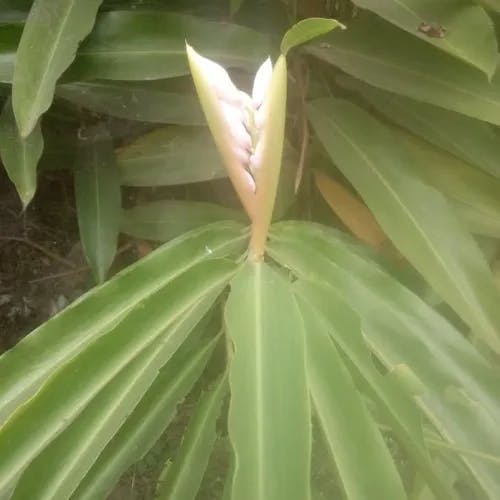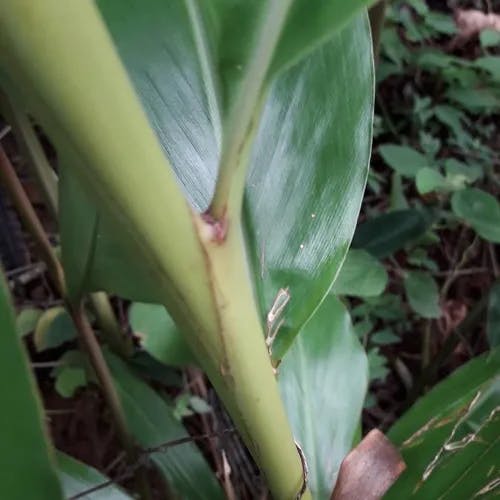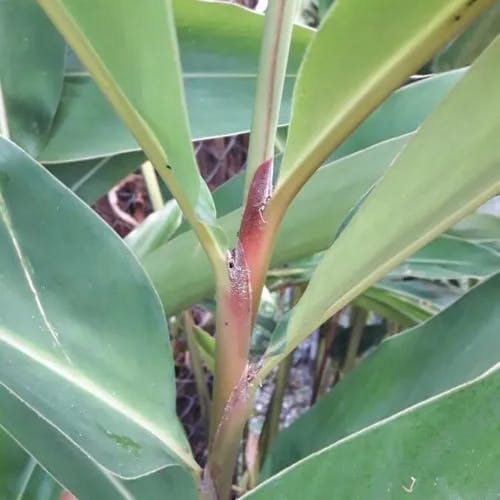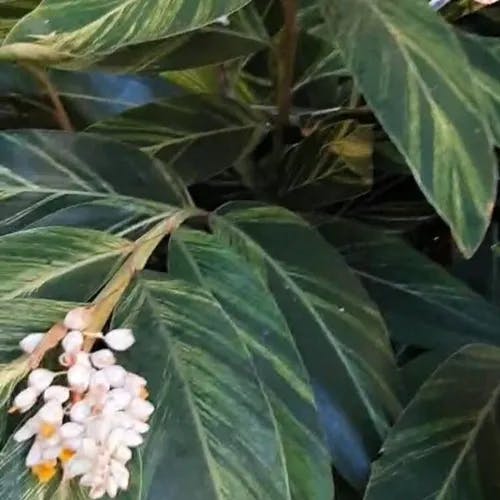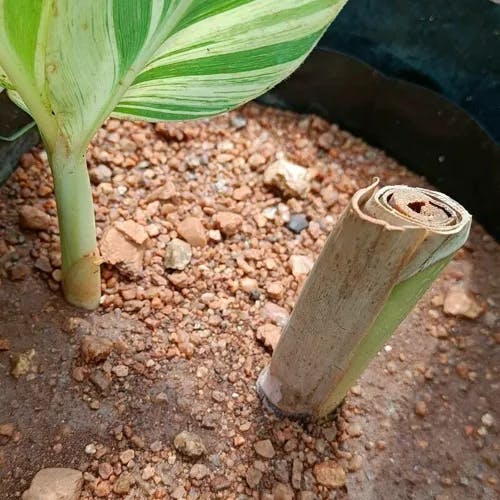Alpinia zerumbet belongs to the ginger relatives and originates from the Eastern sections of Asia, explicitly Japan and China. This lasting plant has big, shiny, sword-shaped leaves that can reach about 1.5 meters long. The foliage is organized in a rotating pattern along the stem. One noticeable aspect is the flowers. The plant generates clusters of flashy, fragrant blooms that open from late springtime to early summertime. The floras are typically pale with pink or red markings. Bees and butterflies pollinate them. In proportions, Alpinia zerumbet can mature to 3 meters tall. It favors well-draining dirt but can grow in various kinds of soil. This vegetation can tolerate both complete sunlight and partial shade. While inedible, Alpinia zerumbet is treasured for decoration. Its vibrant floras and lush leaves are popular in tropical gardens and landscaping. Additionally, this herb has cultural meaning, representing prosperity and good fortune. In summary, Alpinia zerumbet has big leaves and showy blooms. It is native to Eastern Asia and can mature to 3 meters tall. This relatively easy to cultivate plant provides a tropical touch to any garden.
0
0
